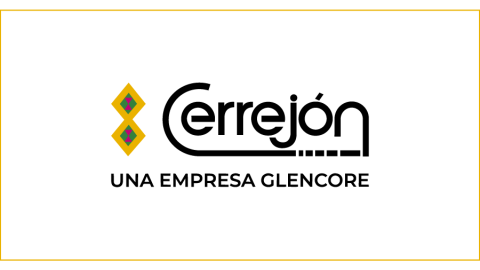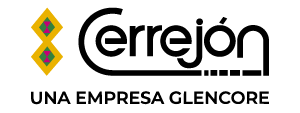Cerrejón's pledge to long-term ecosystem sustainability and local biodiversity
Cerrejón has implemented a comprehensive program since it began operations which focuses on rehabilitating lands affected by open-pit mining and reforesting them with native species from the tropical dry forest. Since 1990, Cerrejón has rehabilitated almost 5,000 hectares of land previously affected by open-pit mining, achieving almost 90% rehabilitation of the areas intervened by mining activities.
The process commences well before mining operations, including soil recognition and fauna relocation. It also involves preserving soils by removing and storing the organic layer. Upon the completion of mining operations, this layer is used to rehabilitate the intervened lands.
Local communities collaborate with Cerrejón in this endeavor, through knowledge sharing. The company ensures the execution of restoration processes, strengthening the communities' productive capacities, and the creation of income opportunities derived from forest sustainability practices. This holistic approach extends to promoting local ownership of ecosystem care and health. This associative work combines rehabilitation efforts with a commitment to generating capabilities and employment in neighboring communities.
A key aspect of the rehabilitation programs and Cerrejón's vision for the next decade is the creation of the largest network of community nurseries in La Guajira. The company has taken steps to strengthen the technical and entrepreneurial skills of neighboring communities, who grow native tropical dry forest seedlings which are later used in the restoration process. The creation of the nursery network project was developed in partnership with the community associations from Barrancas, Hatonuevo, Cuatro de Noviembre, La Horqueta, Campo Herrera, and Provincial, producing more than 700,000 plants per year and creating more than 500 jobs for local communities. Their work contributes to the conservation of the region’s forest, rivers, and streams.
In addition to cultivating the native seedlings, some of which are threatened, such as Ollita de Mono (Lecythis minor), Carreto (Aspidosperma polyneuron), Guayacán de Bola (Bulnesia arborea), Ébano (Caesalpinia ebano) , and Caracolí (Anacardium excelsum); over 130 community members of the Provincial Indigenous Reservation, La Horqueta, Coveñas, Cerrejón 1 and Campo Herrera have also joined hands with Cerrejón to plant over 3 million trees, restoring over 7.000 hectares of land with 65 different species of native plants since the inception of the rehabilitation program.
It is important to highlighting that the last year saw awe had a substantial increase in tree production, with more than 725,000 native specimens grown in 2023 alone. This boost enhanced the Wüin Manná biological corridor, spanning 25,000 hectares and connecting the strategic ecosystems of the Serranía del Perijá and the Sierra Nevada de Santa Marta, critical for the Colombian Caribbean region.
This achievement is the result of over three decades of dedication and research. It reflects efforts to balance mining activities with the preservation of local ecosystems.
Cerrejón focuses on the importance of engaging local communities and families in the quest for long-term sustainability of recovering ecosystems. It underscores the company's commitment to promoting income generation and sustainable economies aligned with forest conservation, ensuring continued ecosystem services for the region.
Cerrejón has implemented a comprehensive program since it began operations which focuses on rehabilitating lands affected by open-pit mining and reforesting them with native species from the tropical dry forest. Since 1990, Cerrejón has rehabilitated almost 5,000 hectares of land previously affected by open-pit mining, achieving almost 90% rehabilitation of the areas intervened by mining activities.
Cerrejón's pledge to long-term ecosystem sustainability and local biodiversity

